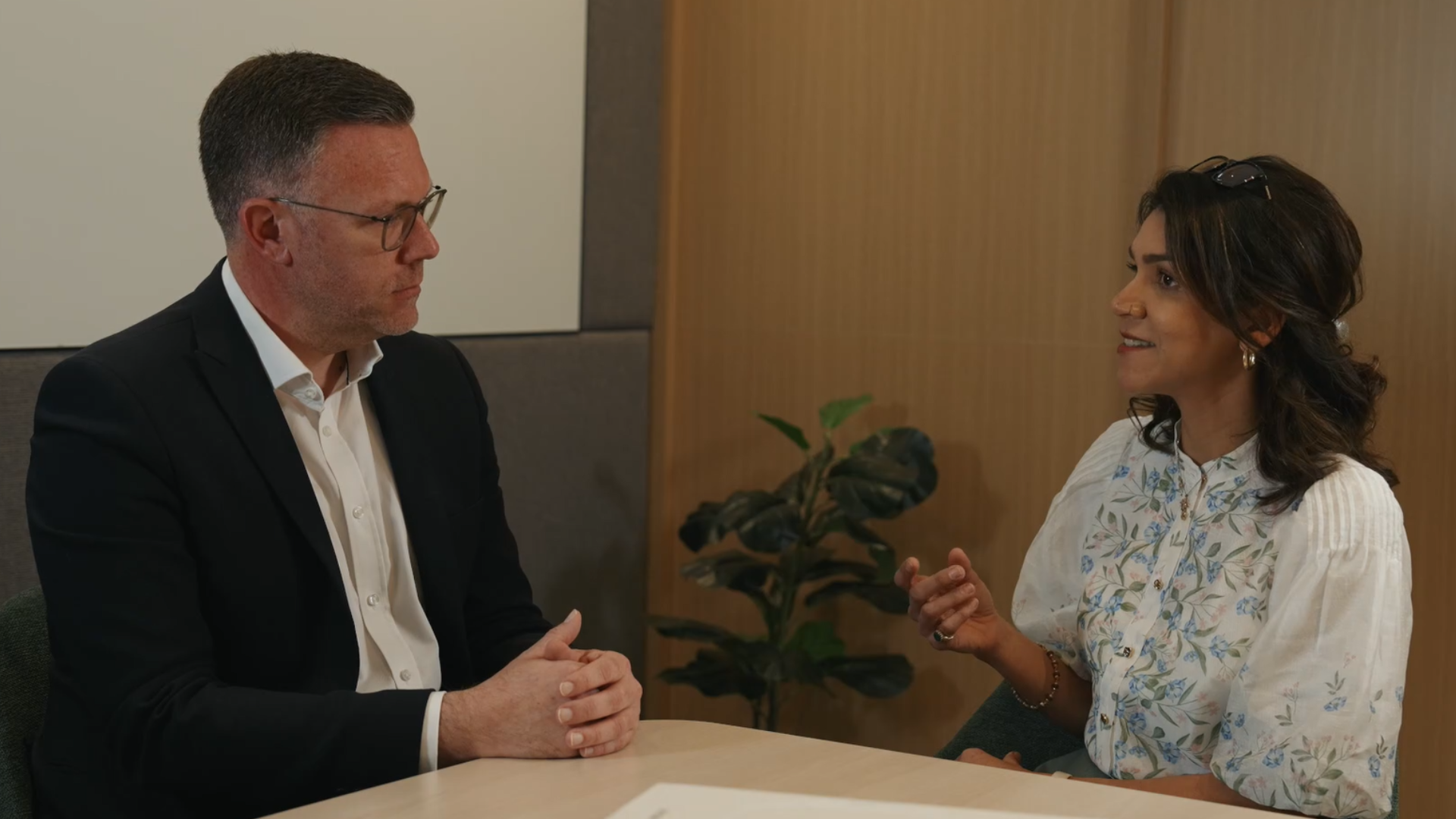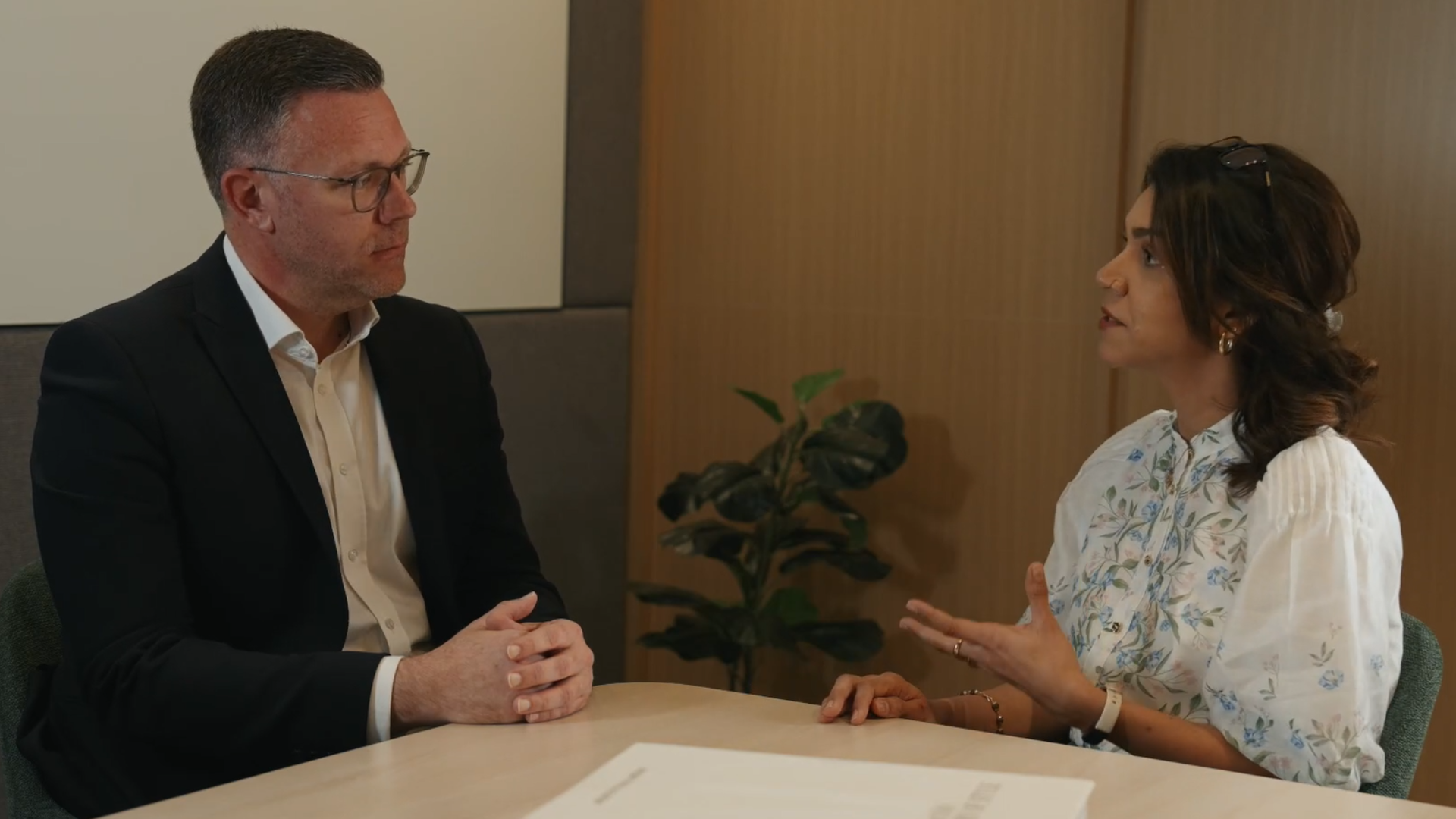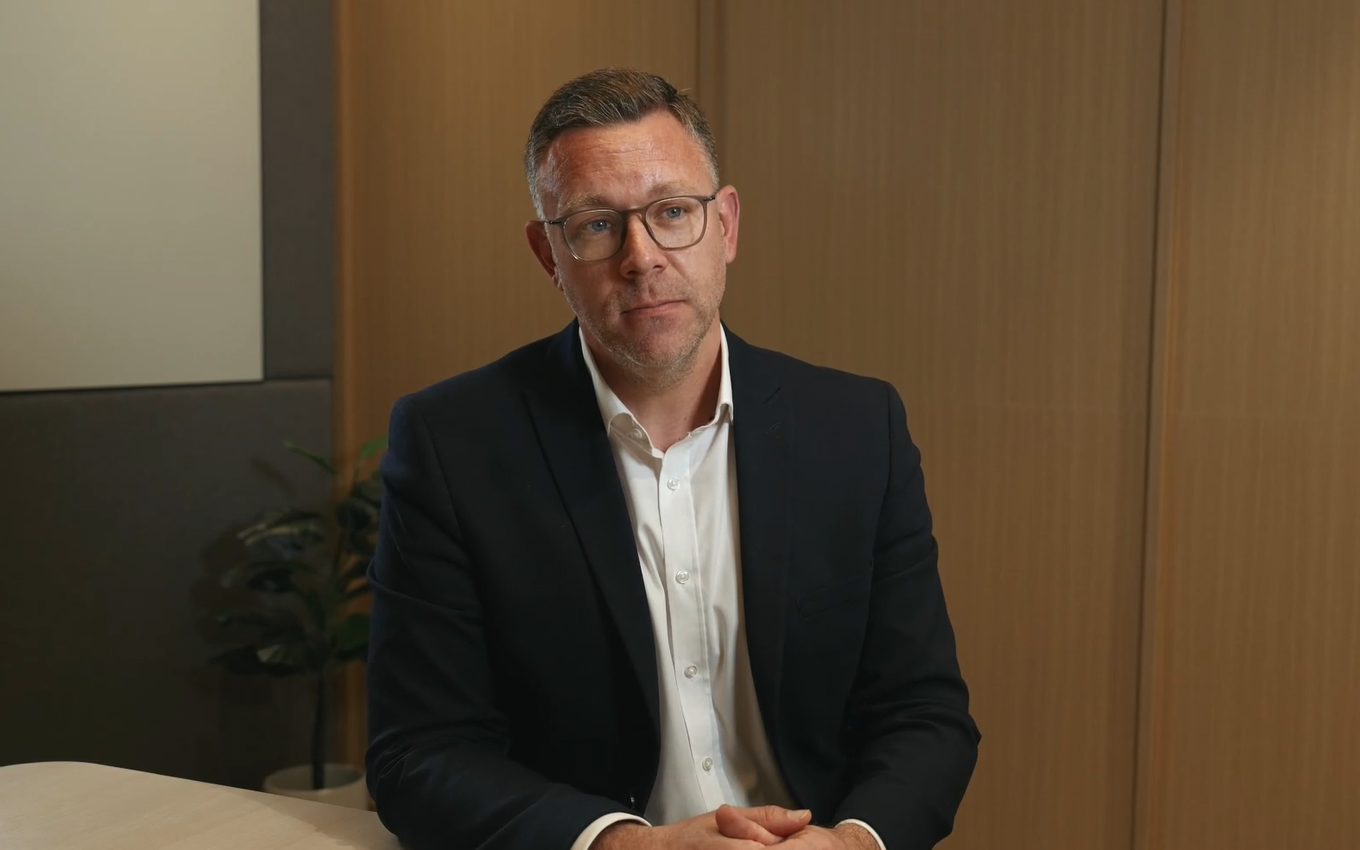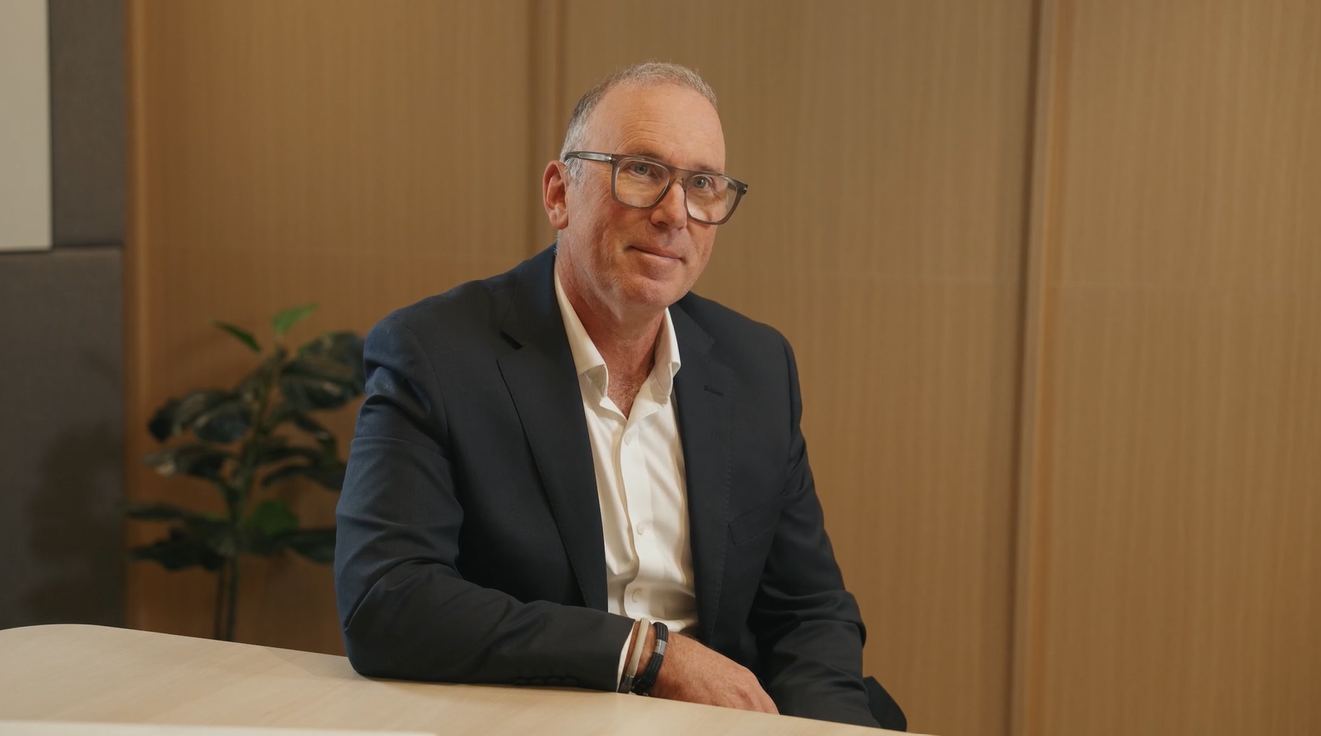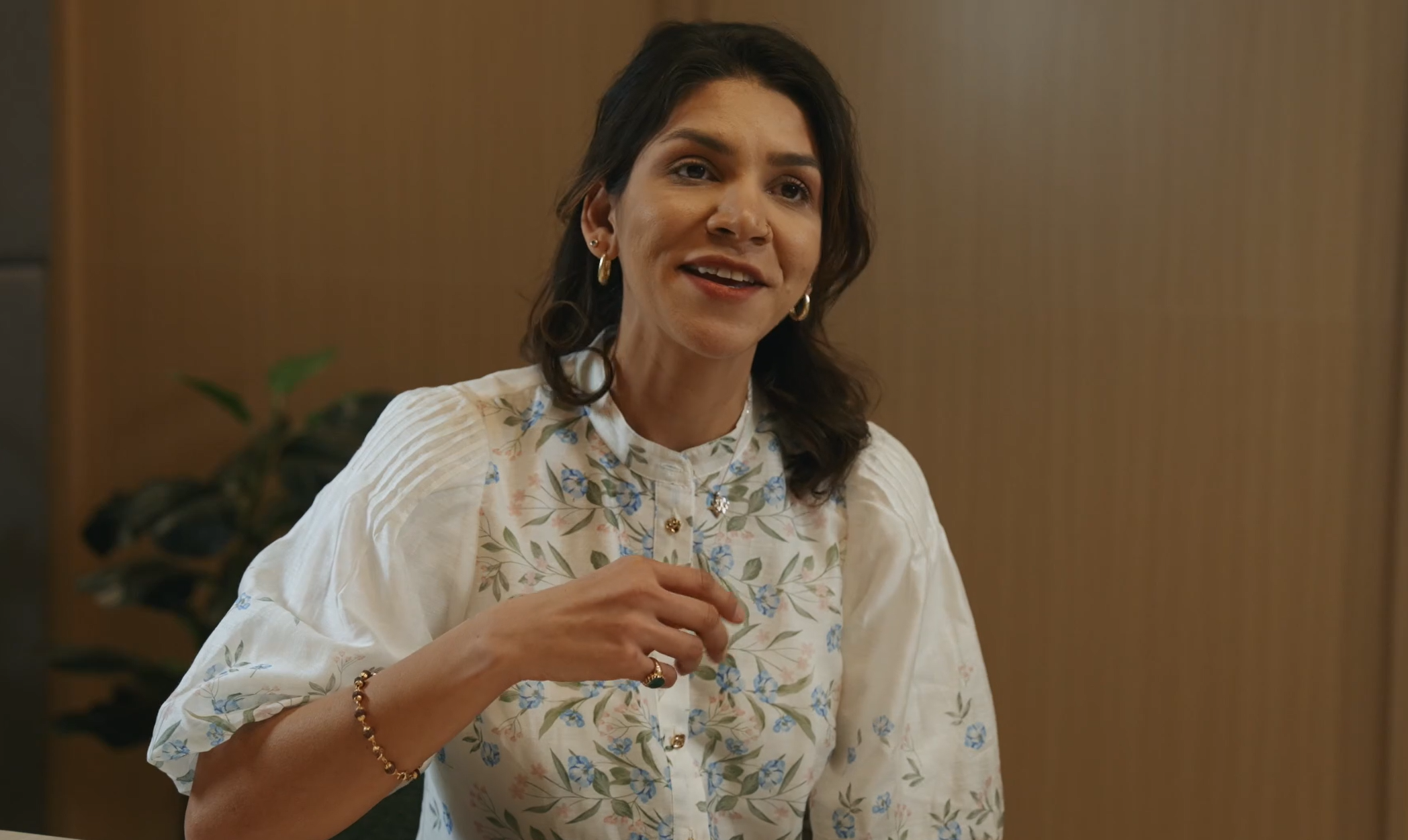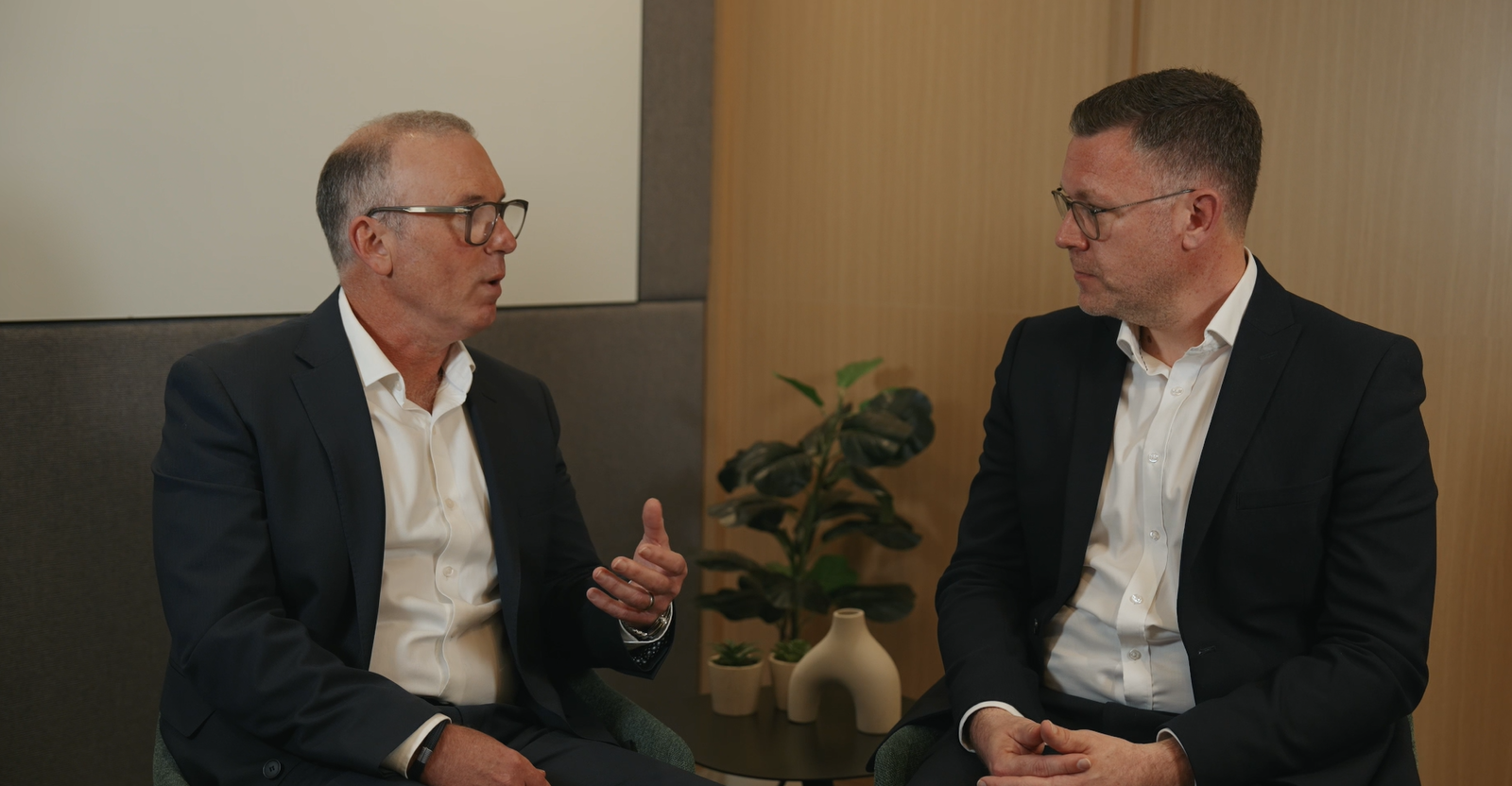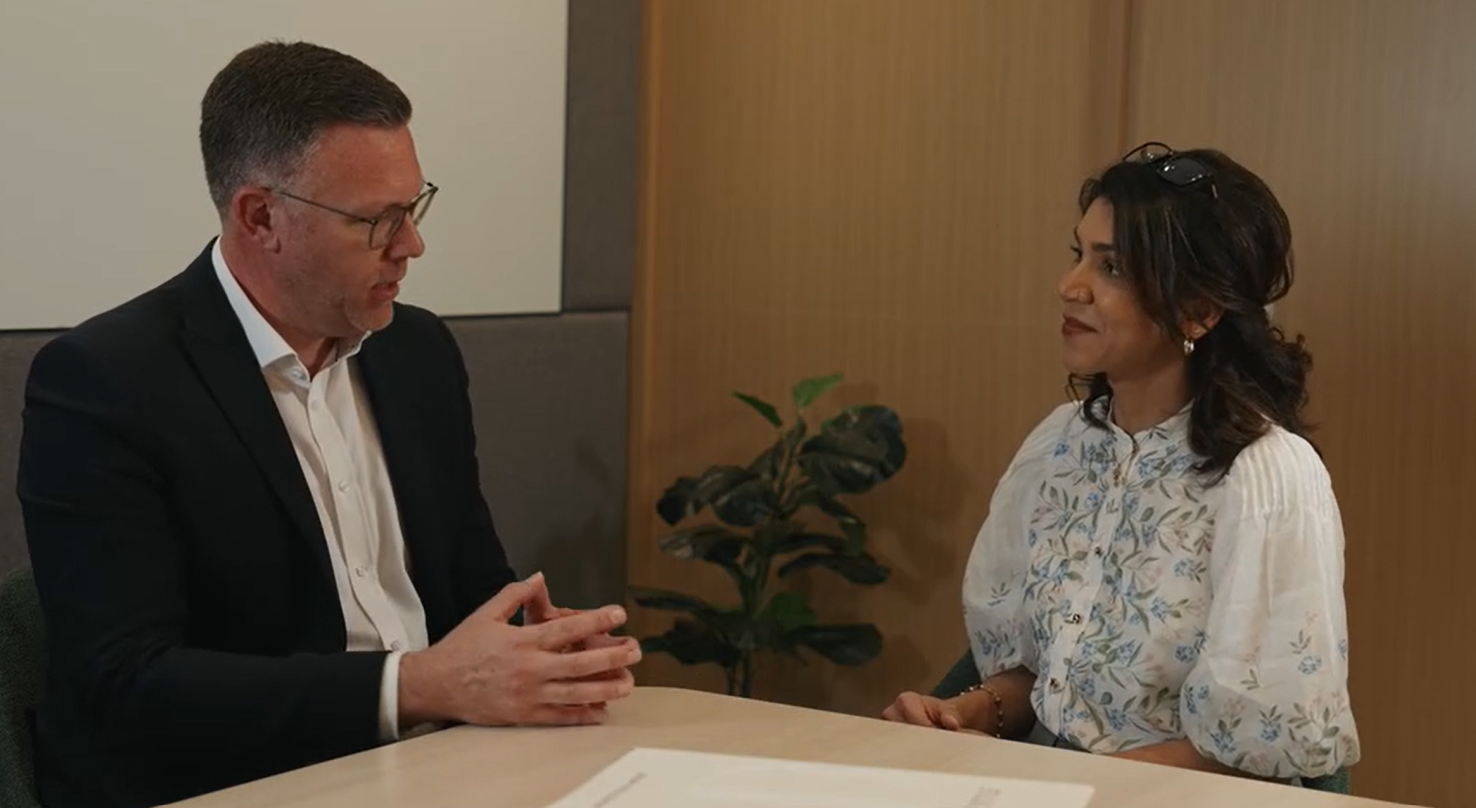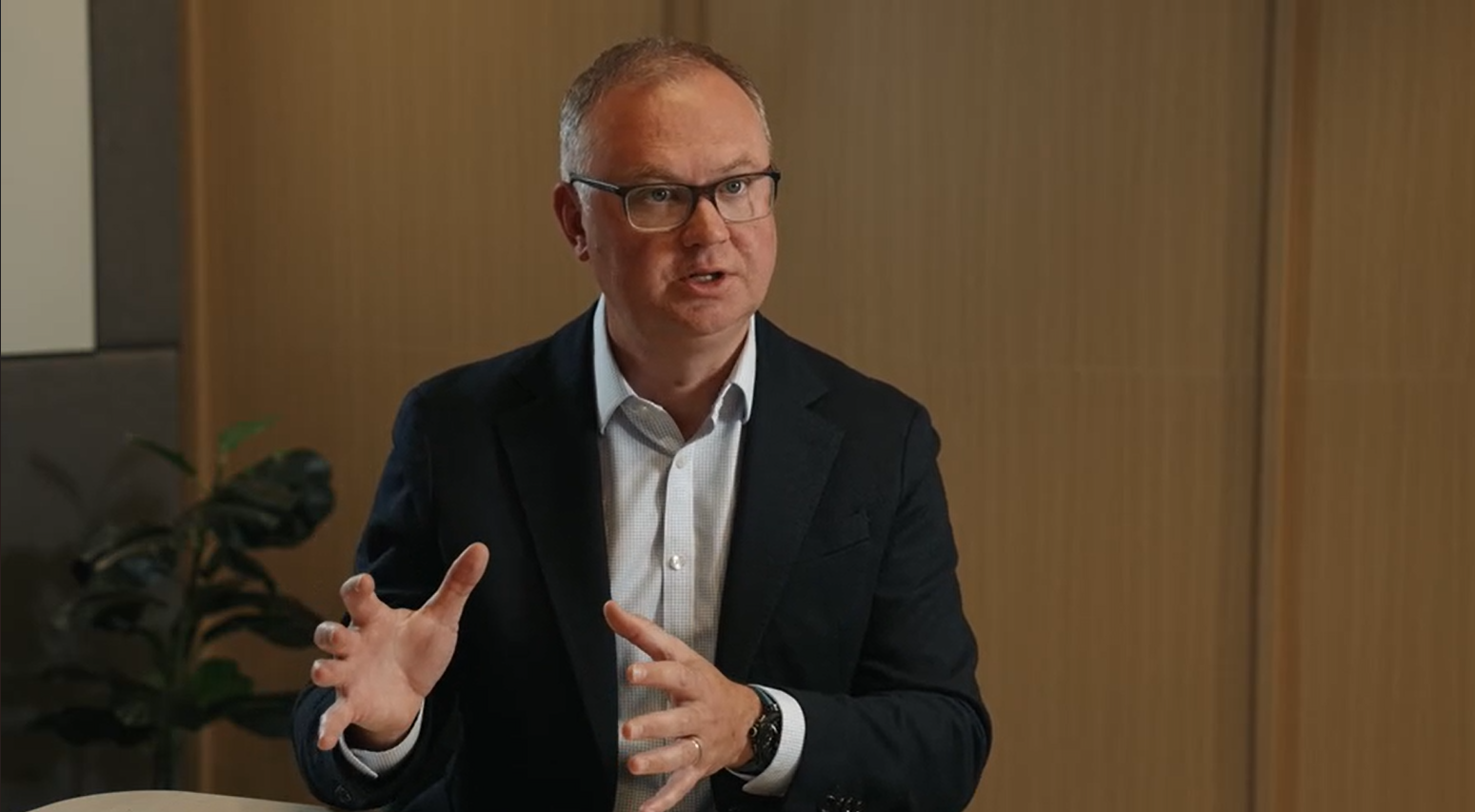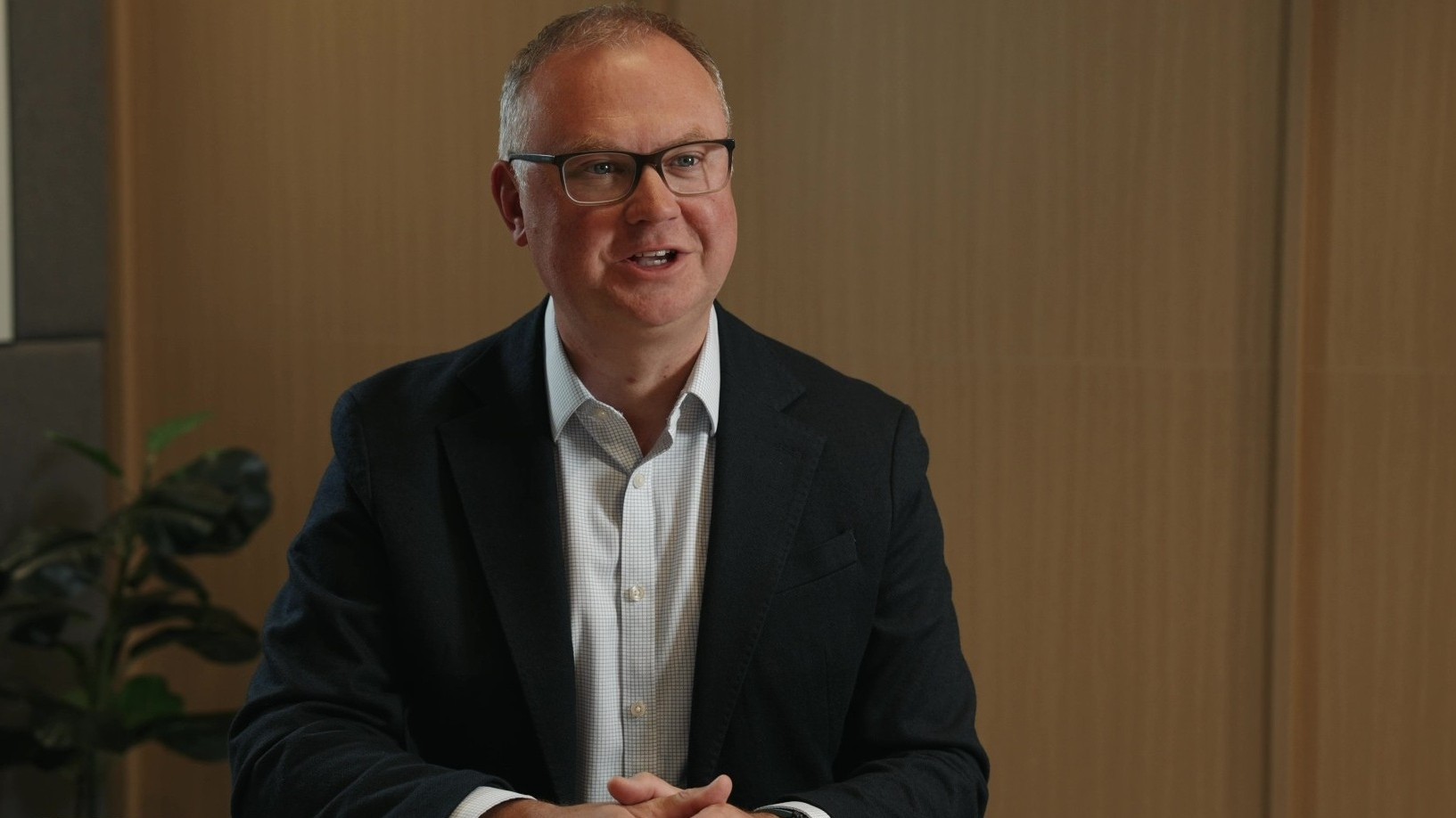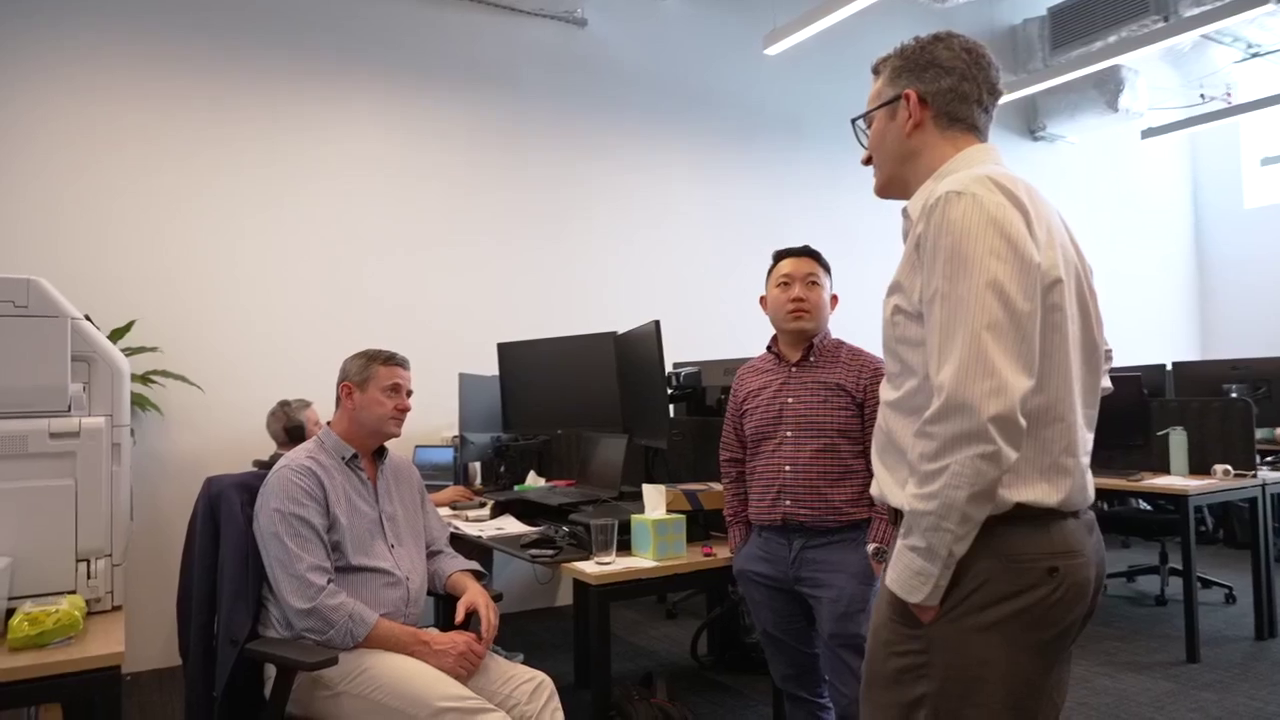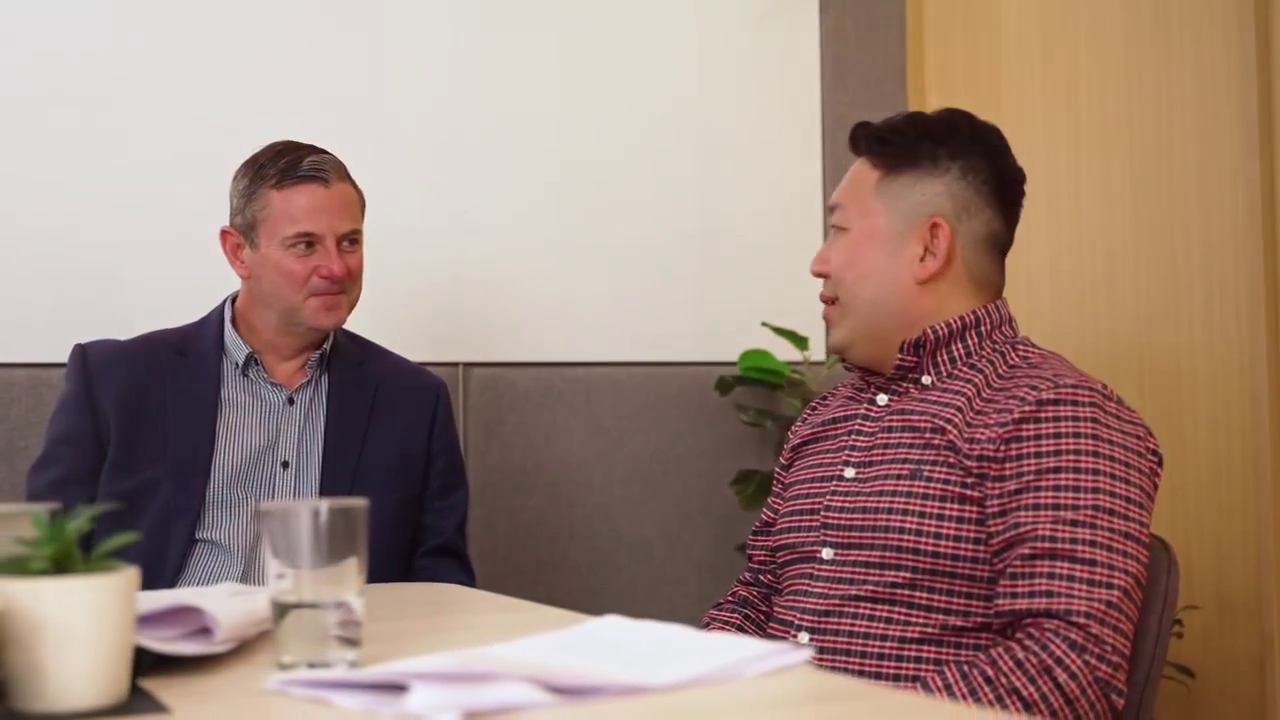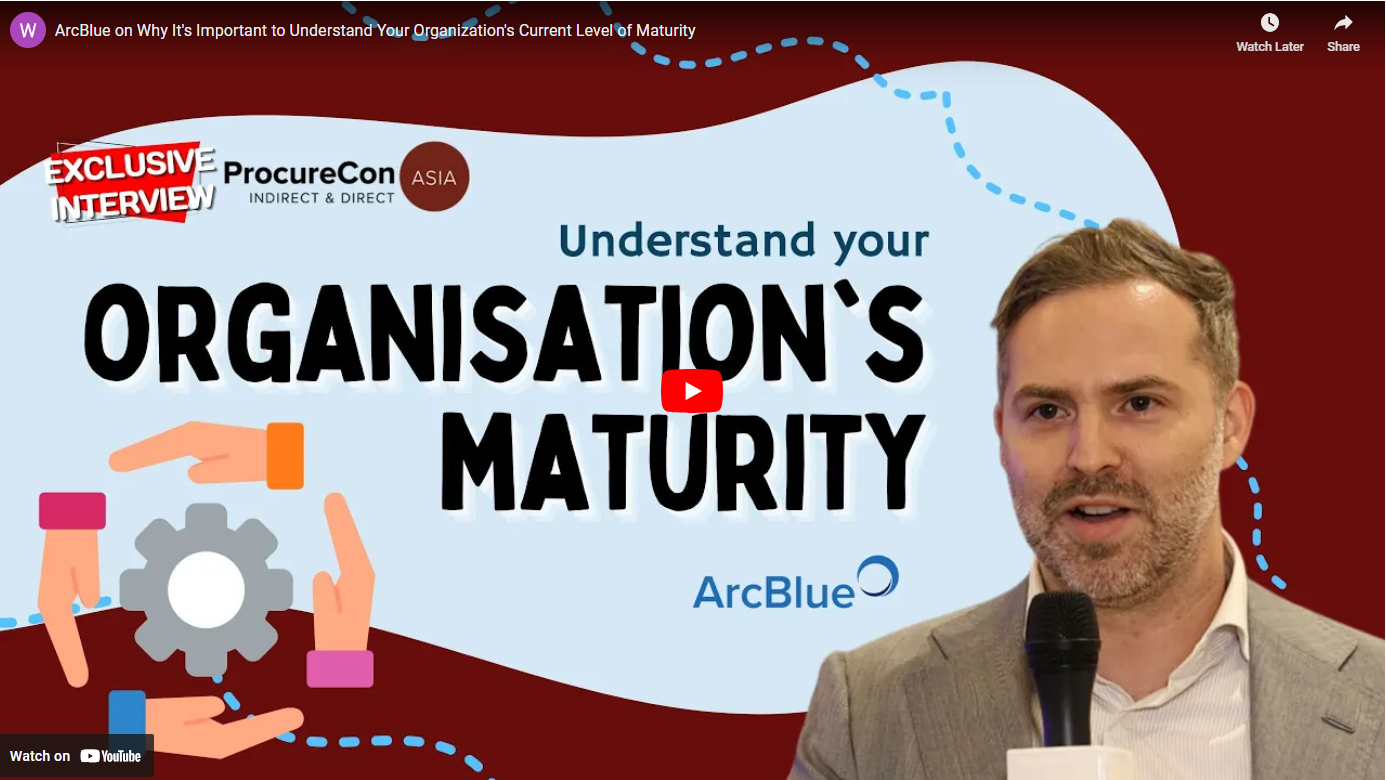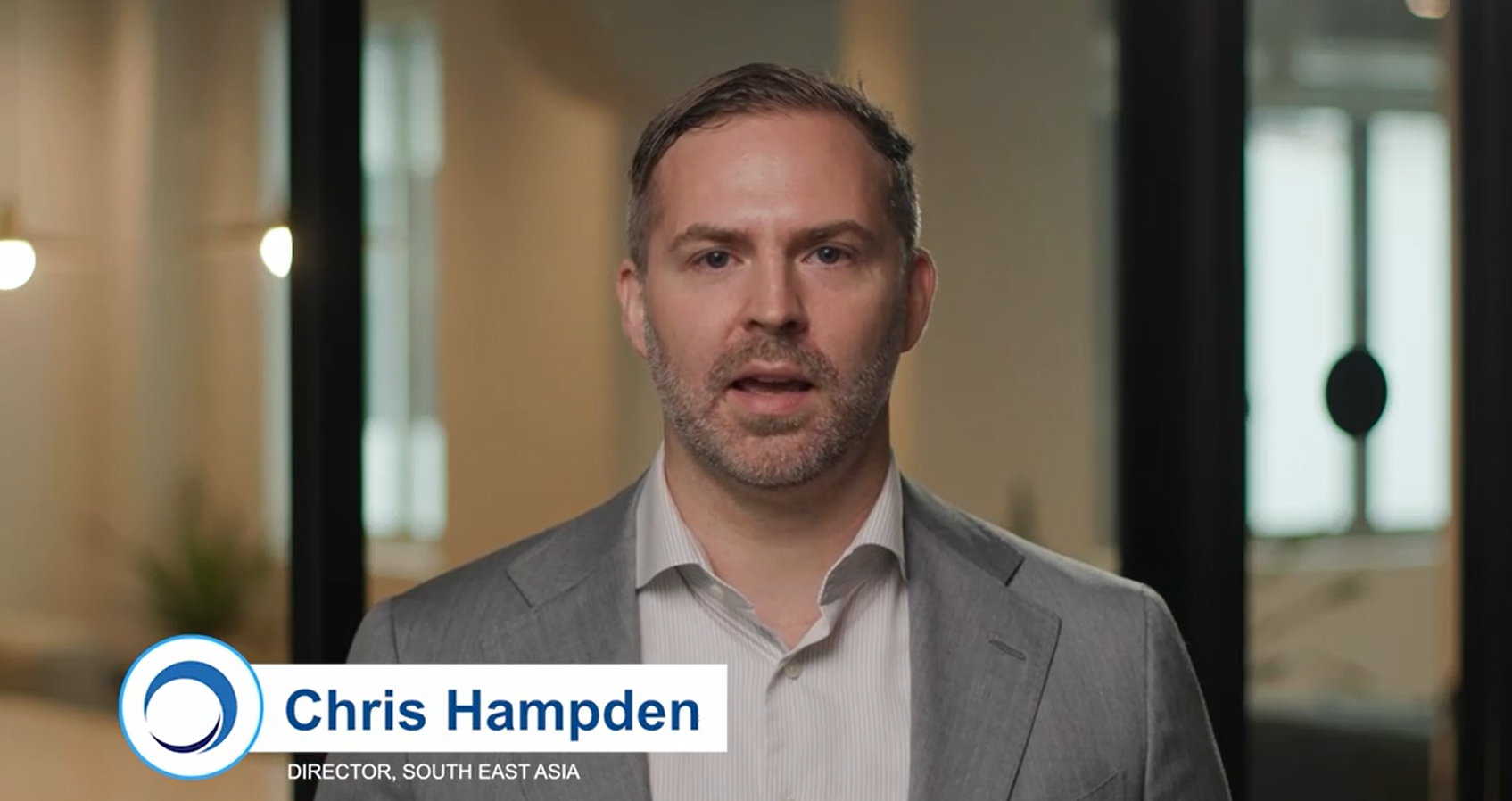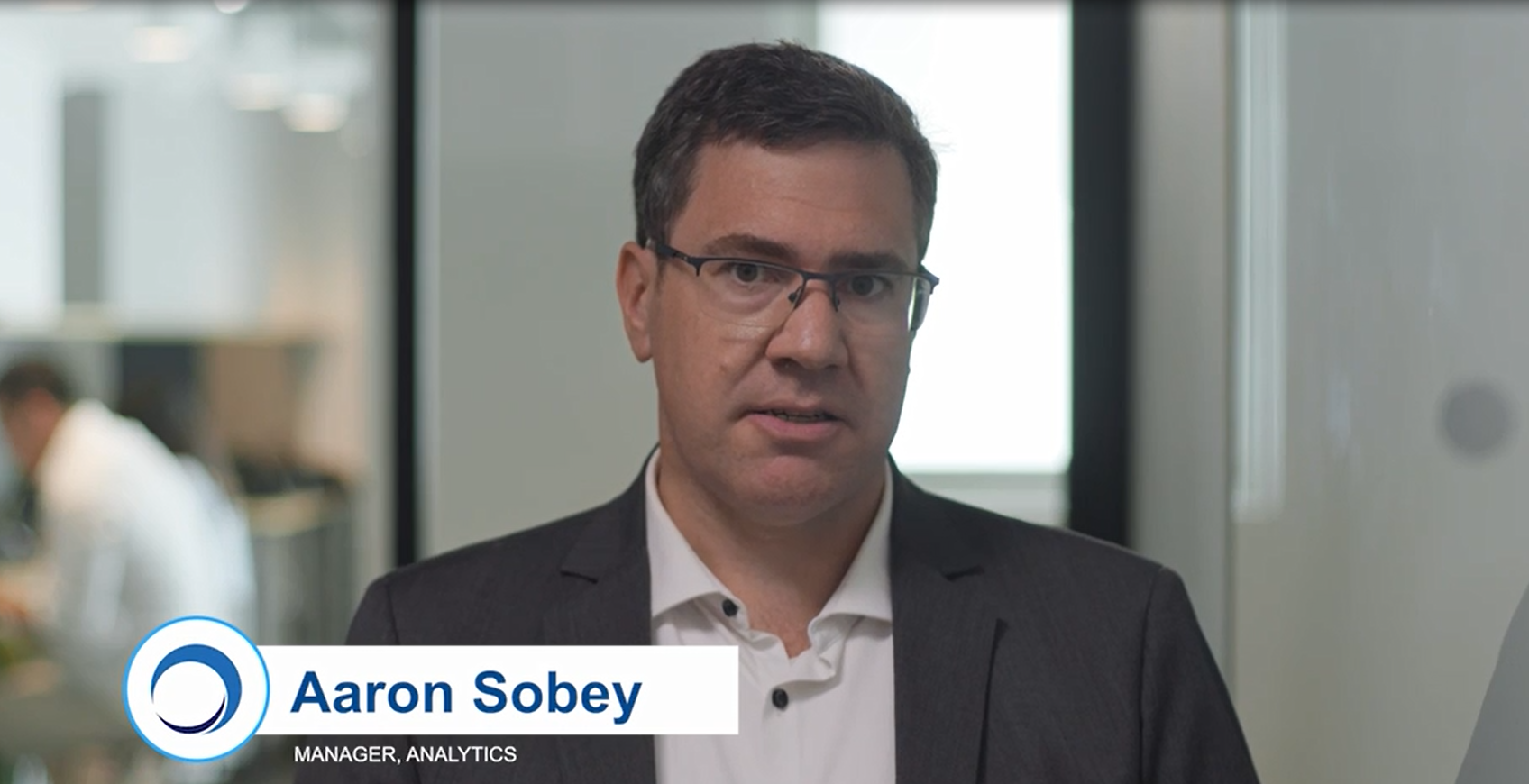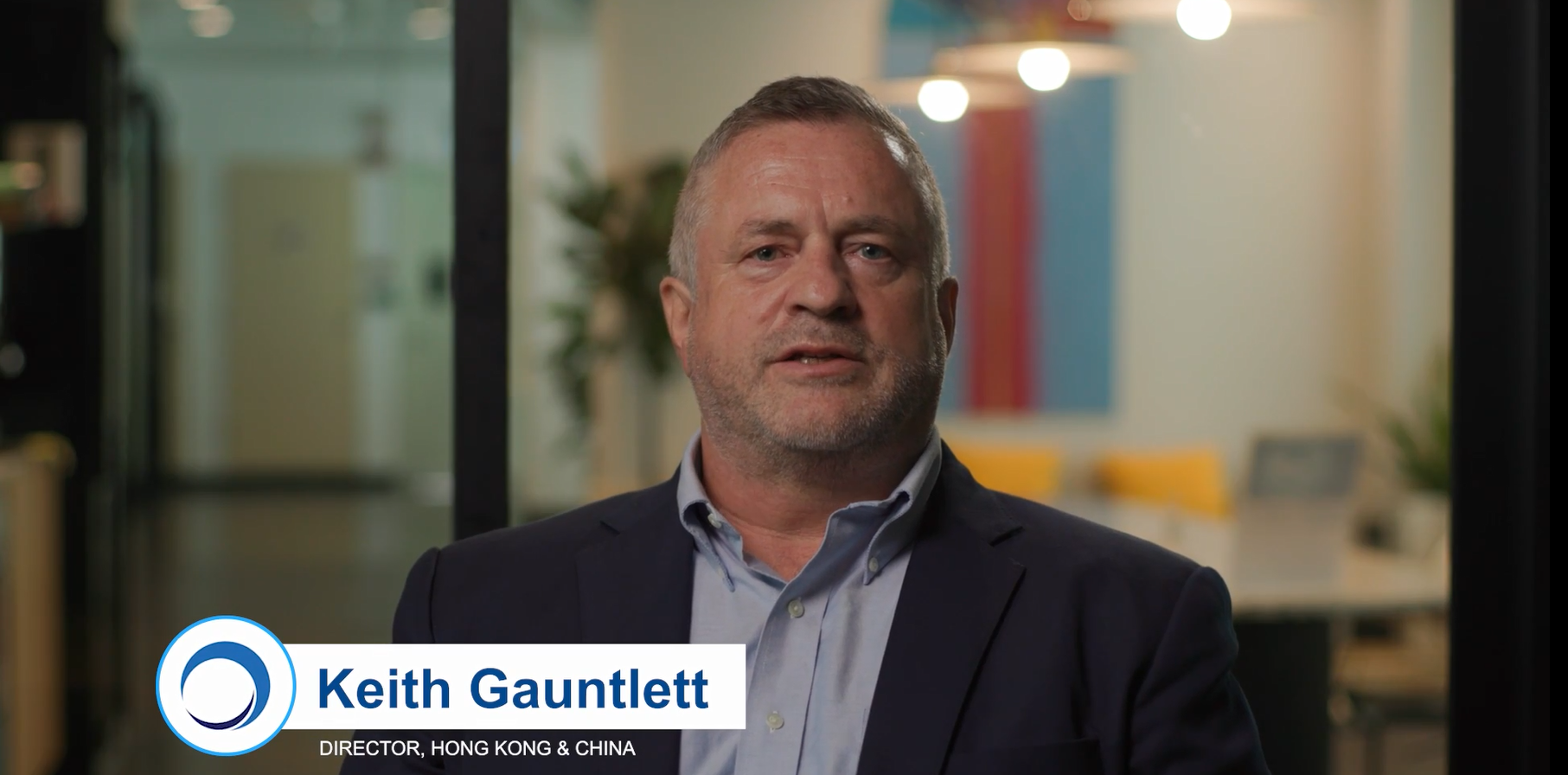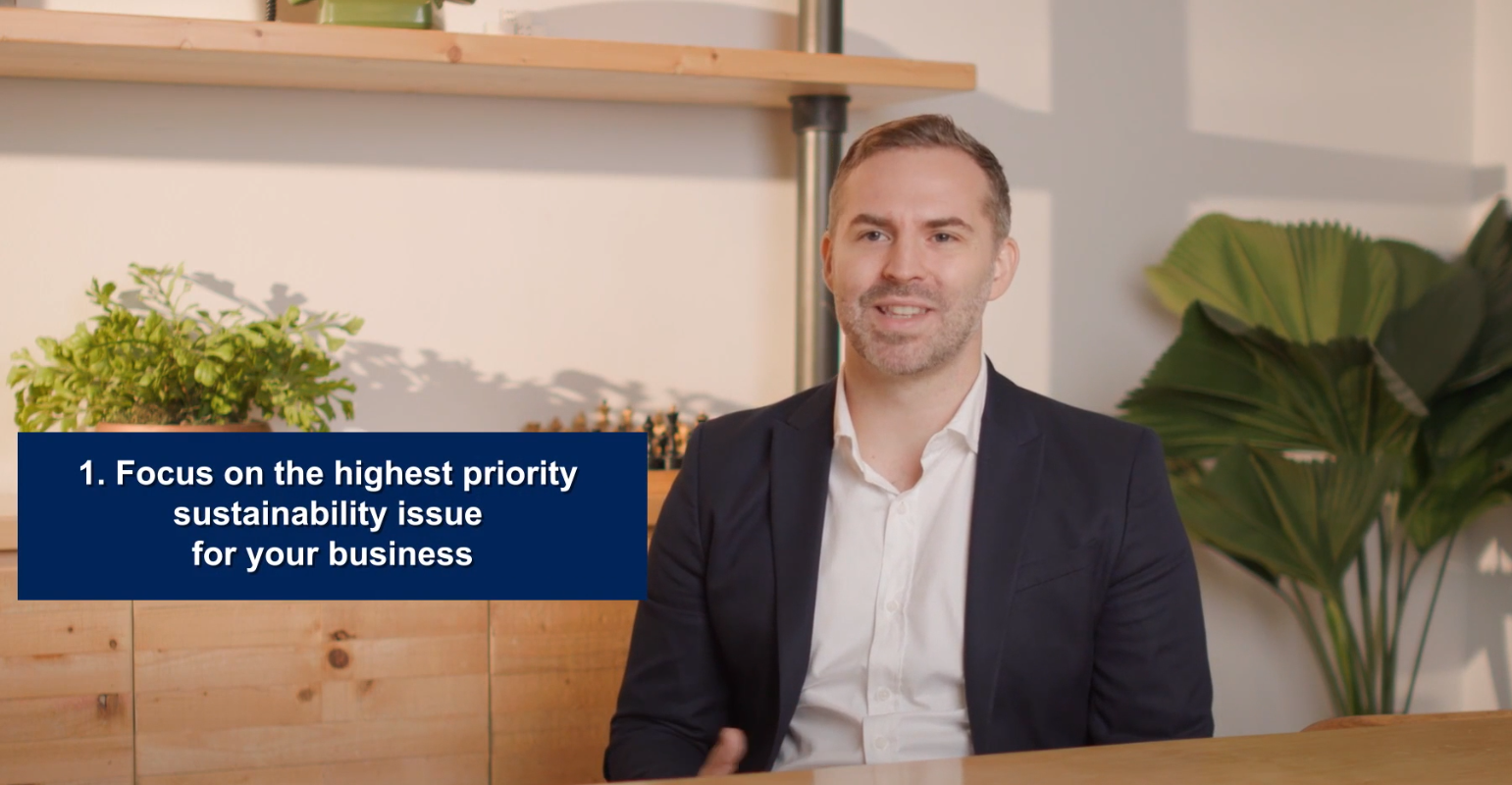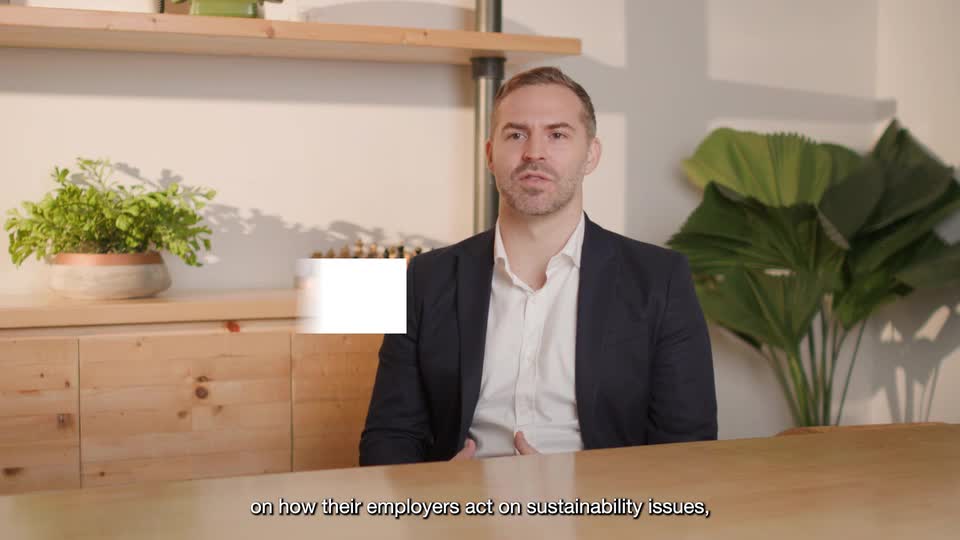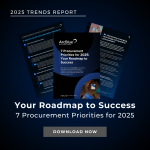- VIDEO
Capital Procurement Part 2:
Stakeholder Management
February 2025
“Because of the size of these projects, they quite often impact so many different stakeholders, not just within a company, but sometimes neighbors to where the project site is going to be. All these things – your internal and your external constraints come into play…” Director Dan Renfrey and Consultant Edwin Beh of ArcBlue continue to explore the complexities of capital procurement – stakeholder management, the role of early contractor involvement, and how procurement teams can collaborate with the rest of the organisation to navigate the tradeoffs.
Featured
Related Services
Transcript
Dan R: What I want to talk about today is what are the major differences? Why do procurement organisations struggle with capital procurement projects as opposed to operational, everyday procurement? What do you see that’s different when we start to move into a capital procurement project in terms of stakeholders?
Edwin B: Well, with capital projects, we’re normally dealing with stakeholders of a higher level. For a normal goods and services procurement or OPEX procurement, we are dealing with procurement managers or procurement officers. But with CAPEX, we’re dealing with the COOs, the Capital Operation Officers, and we’re dealing with high-level execs. They want plans which are complex but yet simple. We shouldn’t go into the weeds in terms of the details, but we should give them a good overall picture of how this capital procurement is going to happen over the course of the months or the years.
Dan R: There are different processes involved in capital procurement versus, say, operational procurement. And the stakeholders, they are different; they’re more senior typically because you’re spending a lot more money, and the processes then quite often involve presenting to the board, very time poor, need a very clear message on why you’re spending so much money and lay it out in a good manner. I think that’s a good observation about stakeholders.
But also, when we’re looking at a capital project, you’re typically impacting a broader range of stakeholders, too. You’ve got that cross-organisational, cross-department challenge, so that makes it a lot more difficult when you’re trying to work out what different stakeholders want, because quite often you have conflicting objectives.
Because of the size of these projects, they quite often impact so many different stakeholders, not just within a company, but sometimes neighbors to where the project site is going to be. All these things – your internal and your external constraints come into play.
And what you’re trying to do at this stage is to document all of the project-specific risks that are likely to occur, maybe over a two-year period, and it will change. What that allows you to do is to then come up with the right strategies on how you go to the market, the type of contract that you want to put into place, and also how you mitigate some of those risks through a contract.
But also, I guess, looking at the way that you can involve the community as part of the project, stakeholder engagement is not just internal. Quite often it’s how do we get all these other external parties, sometimes political, local government, state government depends on size of the project and how it works, but how we get all of those stakeholders into a project to be able to streamline the way that we get approvals for different things.
Edwin B: And sometimes we might have to do a cost benefit analysis on this and to basically convince the stakeholders or to basically tell the stakeholders whether this capital procurement project is a go, or we might have to reconsider our options before we proceed.
Dan R: Absolutely. And this is where procurement and finance have to work closer than ever. Finance are really good at doing that cost benefit analysis. And I find that, where we work with engineering on these big capital projects, we do this thing called auctioneering. We’re looking at what’s the cost of doing a project certain ways. And then obviously working with finance to say, this might cost more, but the project will be delivered earlier, which will put us in a position where we can maybe generate revenue earlier.
There’s lots of tradeoffs in capital procurement projects, and there’s not one right answer. There’s lots of options. I think that’s why it’s exciting as well. As we start to explore different options, understand technology that can come into play. But then also, we’ve got a few different tools that we look at where we wouldn’t traditionally consider them in, say, a category plan.
Probably one of the biggest things in this space is early contractor involvement. We’ve already flagged that we don’t necessarily have the knowledge to be able to go out and buy things in this project. One of the best ways to be able to bring knowledge into the project is to involve some of our contractors earlier, and with their experience, bring it into the project. And they’re the ones that are most likely going to come up with the innovative ways of solving the problem that we’ve got in front of us, or bringing a project in ahead of time or what technology is available.
Edwin B: Yeah. Which means that even though the complexity goes up in capital procurement, there are ways and there are leverages that we can play on or use on to make the project a success in the future.
Dan R: Absolutely.
KEEP WATCHING






